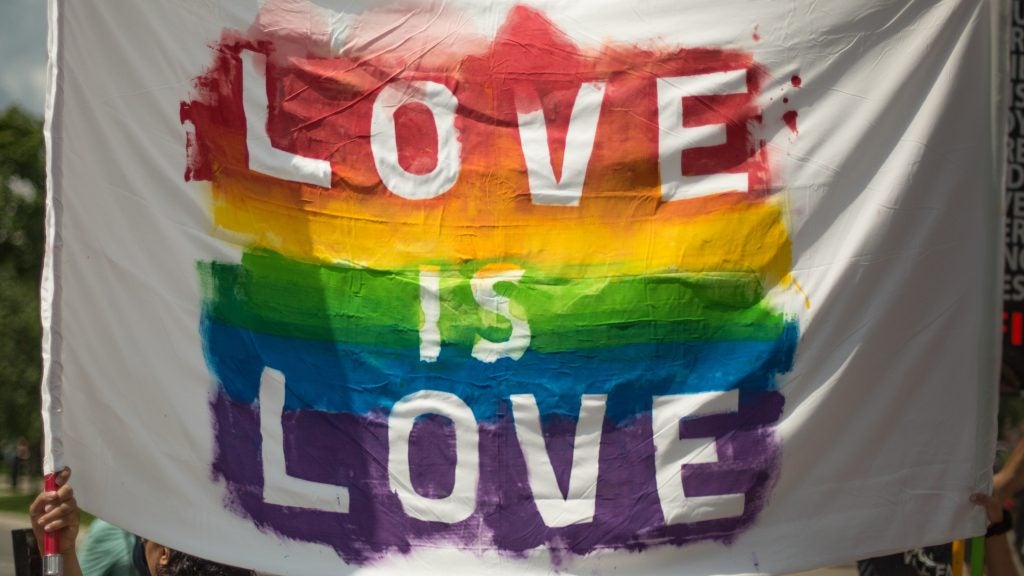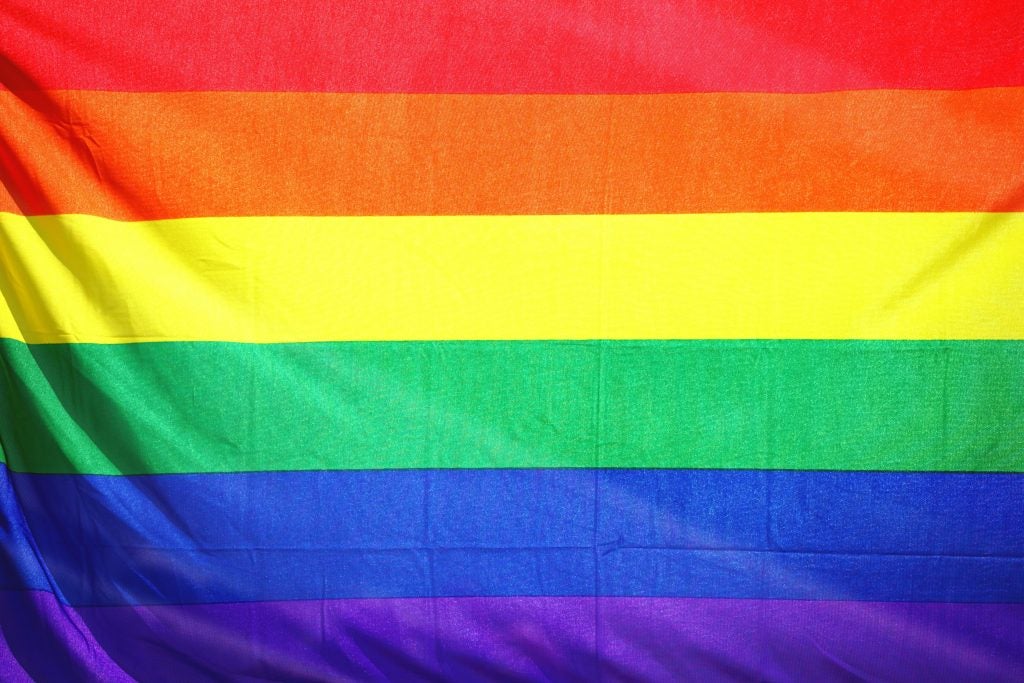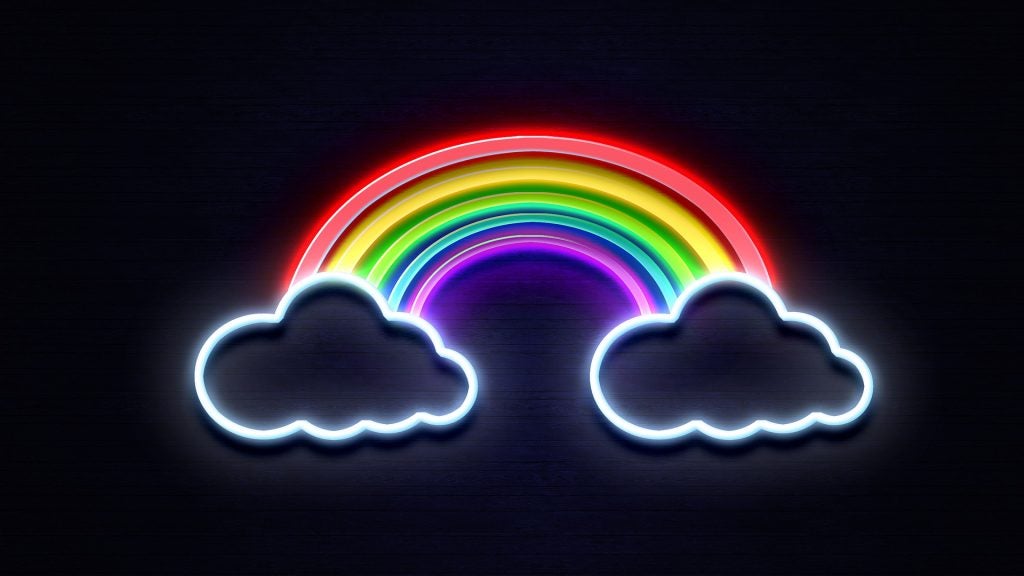Disclaimer: In this article, for the sake of simplicity and consistency, we will be using the term “LGBTQIA+” as an umbrella term to represent all gay, lesbian, bisexual, pansexual, questioning, and other non-heterosexual orientations and non-cisgender gender identities. To learn more, you can read our Sexual Orientation and Gender Identity article. If you need resources or support, you can visit our Resources page.
Coming out is defined by Planned Parenthood as, “the process that people who are LGBTQIA+ go through as they work to accept their sexual orientation or gender identity and share that identity openly with other people.”⁴ Some gay, lesbian, bisexual, transgender, nonbinary, asexual, intersex, and other individuals in the LGBTQIA+ community choose not to reveal their sexual orientation or gender identity due to safety or personal reasons, but “come out” and reveal their unique sexual or gender identity to family, friends, and the public. Some people never have to come out, such as those who are heterosexual or cisgender, as their identity is already assumed by the public. It is worth noting that coming out is optional; it is not a requirement for being a part of the LGBTQIA+ community.
Coming out is not a one-time experience, but rather a lifelong journey. Many people assume that everyone is heterosexual and cisgender, so each time an LGBTQIA+ person meets someone new, they must decide “if, when, and how to come out.”⁴ The process of coming out is different for everyone, and there is no right way to come out. While coming out can be difficult, stressful, or even risky, it can also be immensely liberating. Coming out (when it is safe to do so), despite sometimes facing discrimination, allows people in the LGBTQIA+ community to live authentically and fully embrace their identities.

Table of Contents
The Process of Coming Out
The process of coming out can allow an individual to better understand their own identity and eventually feel comfortable enough with that identity to share it with others. As coming out is a personal decision, individuals who do decide to come out should do so in their own time. Coming out can be incredibly rewarding, but it does come with a unique set of challenges for LGBTQIA+ individuals. In their study on the stress associated with the coming out process, French researchers discovered that nearly all their participants (400 young adults who self-identified as gay, lesbian, or bisexual) that had come out of the closet endured stress in at least one of their coming out experiences, and much of this stress came from the fear of hurting or being rejected by a loved one. Many LGBTQIA+ individuals expect negative reactions from those they come out to, which is a common reason people may delay coming out. ³ Many participants also cited concern for their own welfare as a significant source of stress associated with coming out.³ For many LGBTQIA+ individuals, coming out means risking their access to housing, food, and education; for others, it may be risking their life. Therefore, it is immensely important to come out only when an individual feels safe and ready to do so. While coming out may be difficult, it can allow LGBTQIA+ people to become more comfortable with their own identity and feel closer to their loved ones. It should be noted that much of the research on the coming out experience revolves around gay, lesbian, and bisexual individuals; however, coming out includes any non-heterosexual and non-cisgender individual revealing their identity, and their experiences will likely be similar to those who come out as gay, lesbian, or bisexual.
The process of publicizing one’s sexual orientation or gender identity is often referred to as “coming out of the closet,” or simply “coming out.” Coming out is a multistep process that includes the personal acceptance of identifying as LGBTQIA+, as well as the disclosure of one’s sexual orientation or gender identity to others.

The Steps to Coming Out
Coming out is a process that often involves a variety of steps.
The steps of coming out differ, but many LGBTQIA+ individuals experience the following pattern of stages:
- Identity Confusion: an LGBTQIA+ individual first realizes they may differ from their heterosexual/cisgender peers.⁵
- Discovery of Terminology: the LGBTQIA+ individual learns what it means to be a part of the LGBTQIA+ community.⁵
- Exploration and Education: the questioning individual realizes that they may identify as LGBTQIA+ and begins to learn about their identity and connect with others in the community. ⁵
- Identity Acceptance: the LGBTQIA+ individual begins to accept their identity and gain a better understanding of who they are regarding their sexual and gender preferences. ⁵
- Coming Out: the LGBTQIA+ individual begins disclosing their identity to others, usually beginning with their loved ones.⁵
- Identity Integration: the individual reaches a point of self-acceptance and pride in their identity, and they integrate their identity with other aspects of themself. Often, they are no longer hiding who they are and feel a sense of congruence between their public and private self.⁵

Although these basic steps are frequently a part of coming out, no two LGBTQIA+ individuals will have the same coming out experience and these steps may be achieved in a different order or skipped altogether. However, these steps are common in the coming out journeys of many LGBTQIA+ individuals.
LGBTQIA+ people must consider if, how, and when they will come out based on a variety of reasons. When thinking about coming out, it can be helpful to consider two key factors: audience and timing.
The Audience

One of the first considerations individuals often think about when deciding to come out is who they will come out to. Many people choose to first tell their close family members, such as their parents or siblings, to hopefully receive the comfort of familial love and support. For some individuals, it may be easier to disclose their identity to their siblings before their parents. This allows the individual to gauge how the rest of their family may react and gain support before coming out to other family members, mainly their parents. Siblings’ reactions, when applicable, are often vital to an individual’s coming out experience. In instances where the siblings’ reactions are favorable, the LGBTQIA+ individual may have more confidence and support when coming out to their parents.¹
Some individuals may choose to first come out to trusted and intimate friends in hopes that they will be understanding and supportive of the discloser’s decision. This can also include disclosure of identity to a group of friends made online through channels such as online groups and message boards. These spaces foster a sense of community for many LGBTQIA+ individuals who may feel alone in their coming out journey. Individuals often visit these sites before and after coming out to feel connected to a group after an undesirable outcome or reaction to them coming out, and they can be incredibly beneficial to feeling accepted and validated.²
Every experience is different, and one should come out to who they want when they feel the time is right. It is not easy to predict how a person will react to someone in their life coming out, and reactions can be positive or negative. For the LGBTQIA+ person’s safety and comfort, they may want to consider their audience when choosing to come out.
The Timing

In many situations, timing can impact the process of coming out. For example, if an individual is financially reliant on their family, they may choose to wait until they are financially independent before coming out. This allows for their safety and financial security to be protected before deciding to come out to their relatives as they are not risking their housing, food, or livelihood.
Another concern to consider when figuring out the timing of coming out is the safety and legality of revealing one’s gender identity or sexual orientation in the region/household they reside in. This is because there are laws against homosexuality with harsh consequences in many countries. In other places, it may be unsafe to publicly identify as non-cisgender because of high rates of violence against these groups. It may even be unsafe in one’s own home to come out. It is imperative to consider one’s personal safety in timing their coming out as well.
When considering coming out, it is meaningful to remember that there is no “right” time or age to do so. Members of the LGBTQIA+ community come out at all stages of life, depending on individual preferences, safety, and surroundings. An individual may choose to come out at any stage of their life once they feel ready and secure to do so and when the timing feels right to them.
Concluding Remarks
Every LGBTQIA+ person who chooses to come out will have a unique experience with an individual set of challenges. Coming out is optional, but if an individual chooses to do so they may want to consider their audience and the timing to have a more safe and comfortable experience. It is meaningful for anyone considering coming out to remember that they have a right to their own body, mind, gender identity, and sexuality. LGBTQIA+ individuals have the freedom to express their sexual identity just the same as anyone else, and this right cannot be taken away from any person. Overall, coming out is an incredibly personal and brave thing for any LGBTQIA+ individual to do, but the reward of living authentically and openly can absolutely be worth it.

Resources
Coming out may have unique challenges, but it is important to note that no one having trouble with their identity or coming out is ever alone. There are many resources available for LGBTQIA+ individuals going through the process of coming out.
The following is a list of links provided by the CDC for LGBTQIA+ youth and allies:
- Gay, Lesbian, and Bisexual Teens: Facts for Teens and Their Parents
- Gay, Lesbian & Straight Education Network (GLSEN): Student Action
- Gay-Straight Alliance (GSA) Network
- It Gets Better Project
- StopBullying.gov: Information for LGBT Youth
- The Trevor Project: Crisis Intervention and Suicide Prevention
- The Ali Forney Center
Below is a list of mental health organizations for LGBTQIA+ individuals:
- National Alliance on Mental Illness (NAMI)
- Depression and Bipolar Support Alliance (DBSA)
- The Gay and Lesbian Medical Association
- The Association of Gay and Lesbian Psychiatrists
Below is a list of resources for online LGBTQIA+ support groups
These resources are available to queer individuals in any stage of the coming out process.
References
- Bergfeld, J., Cerezo, A., Haxhe, S. & Walloch, J. (2017): Siblings and the Coming-Out Process: A Comparative Case Study, Journal of Homosexuality, DOI: 10.1080/00918369.2017.1321349
- Brubaker, J., Dym, B., Fiesler, C. & Semaan, B. 2019. “Coming Out Okay”: Community Narratives for LGBTQ Identity Recovery Work. Proc. ACM Hum.-Comput. Interact. 3, CSCW, Article 154 (November 2019), 28 pages. DOI: 10.1145/3359256
- Elodie C. & Pierluigi G. (2016). The stress associated with the coming out process in the young adult population, Journal of Gay & Lesbian Mental Health, 20:4, 319-328, DOI: 10.1080/19359705.2016.1182957
- Planned Parenthood. What’s Coming Out? https://www.plannedparenthood.org/learn/sexual-orientation/sexual-orientation/whats-coming-out
Robbins, N., Low, K. & Query, A. (2016) A Qualitative Exploration of the “Coming Out” Process for Asexual Individuals. Arch Sex Behav. 45, 751–760. DOI: 10.1007/s10508-015-0561
Last Updated: 3 March 2022
